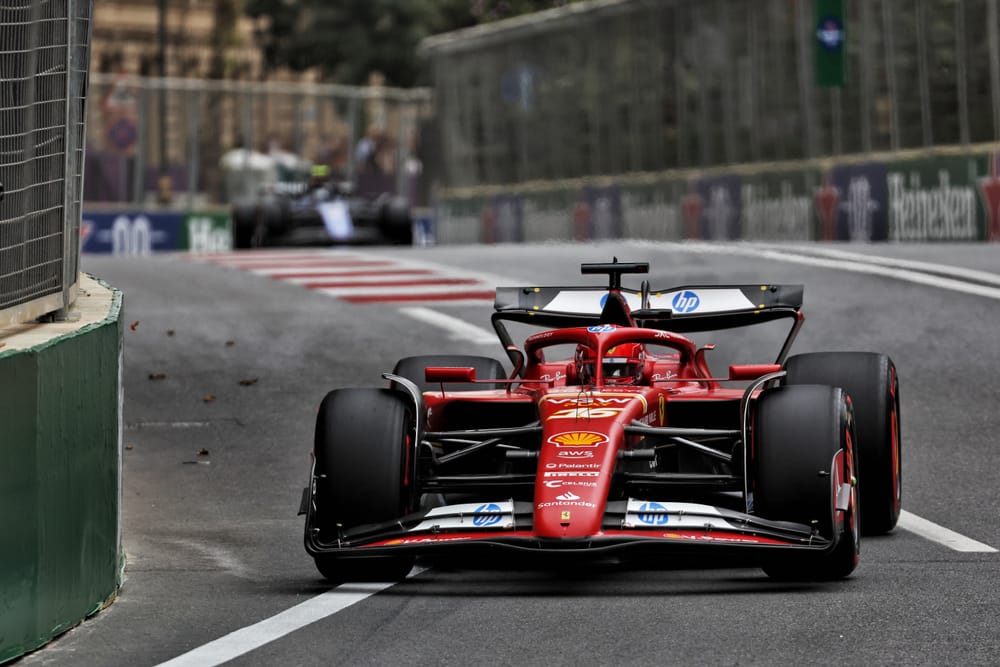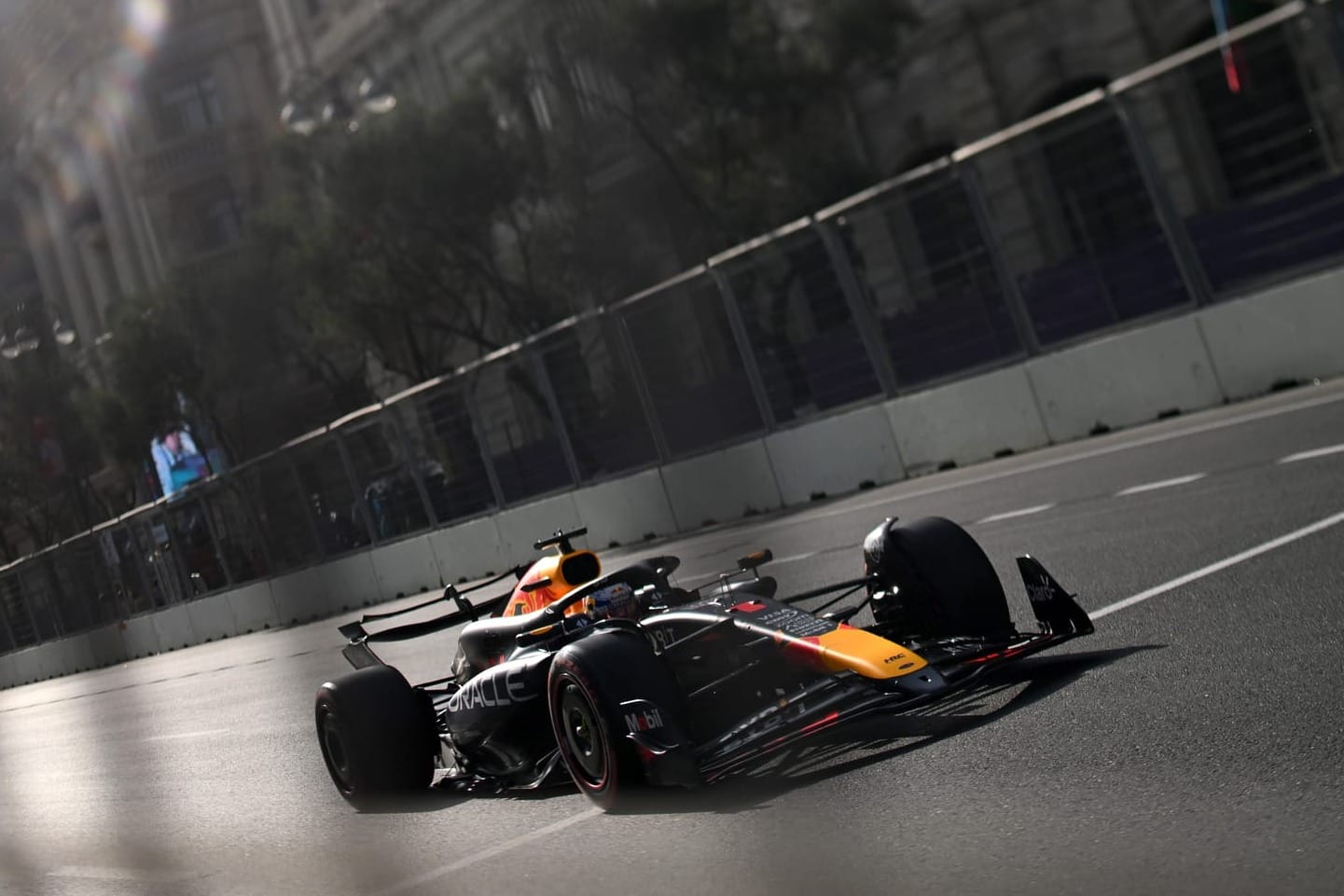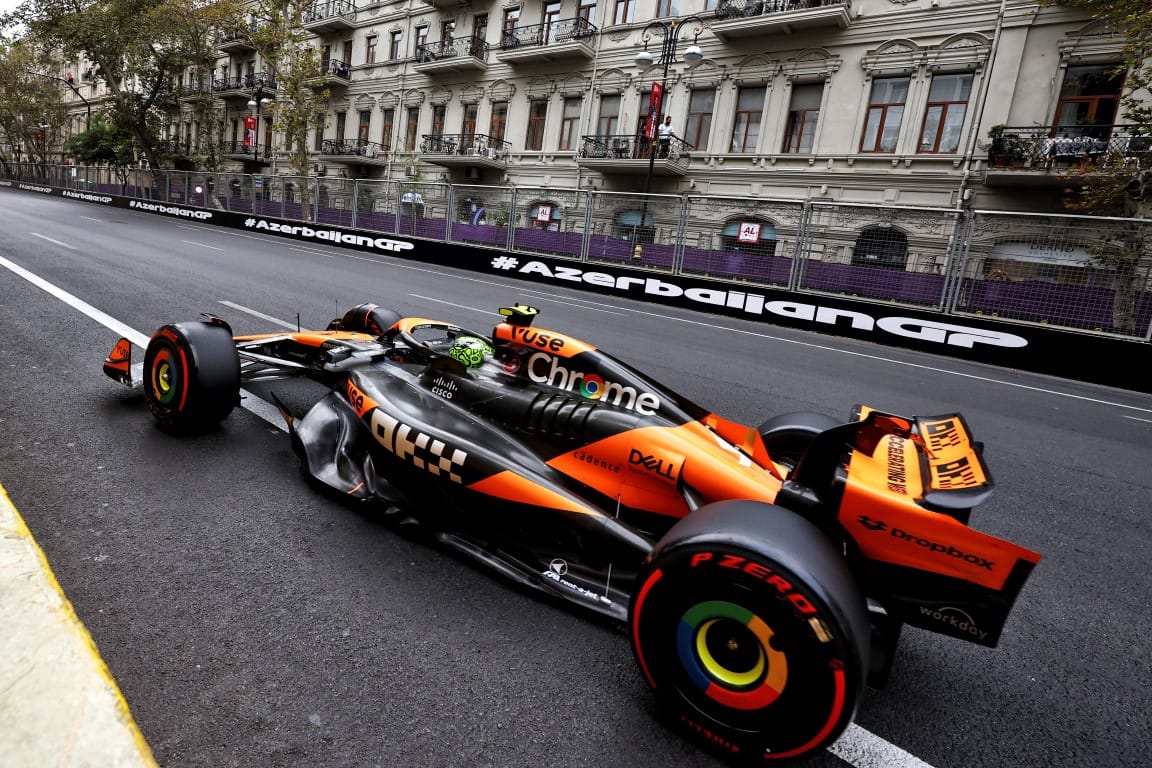Up Next

On Friday there were just a couple of tenths between the cars of Formula 1's top four teams around Baku.
If we take Charles Leclerc out of the equation, that was still the case in Azerbaijan Grand Prix qualifying.
His Ferrari is as great as ever under braking and into slow, short corners, and he was in his usual spellbinding form around this place of high speeds, 90-degree turns, waiting walls and low wing settings as he took pole from Oscar Piastri's McLaren by over 0.3 seconds.
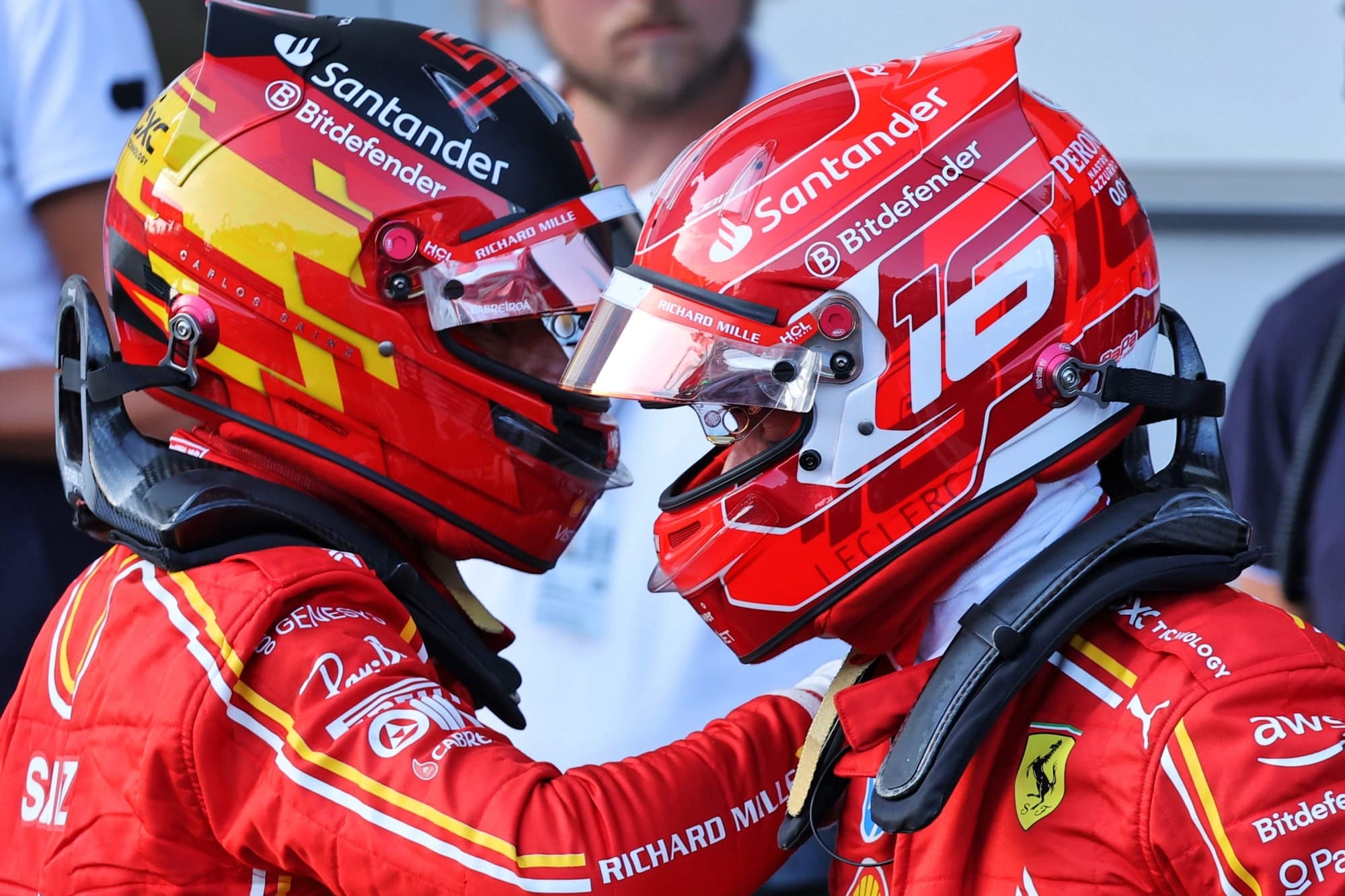
"Charles is making it look like the Ferrari was the fastest car around here," said an admiring Carlos Sainz.
Maybe it was, but not by anything like 0.3s. That time was mainly found in Leclerc's magic zone: the space between coming off maximum throttle and getting onto the brakes and how he overlaps those two phases so exquisitely well.
On a track with high approach speeds into tight corners and with a low-downforce set-up which makes the car naturally nervy on entry, that skill seems to pay back spectacularly around here.
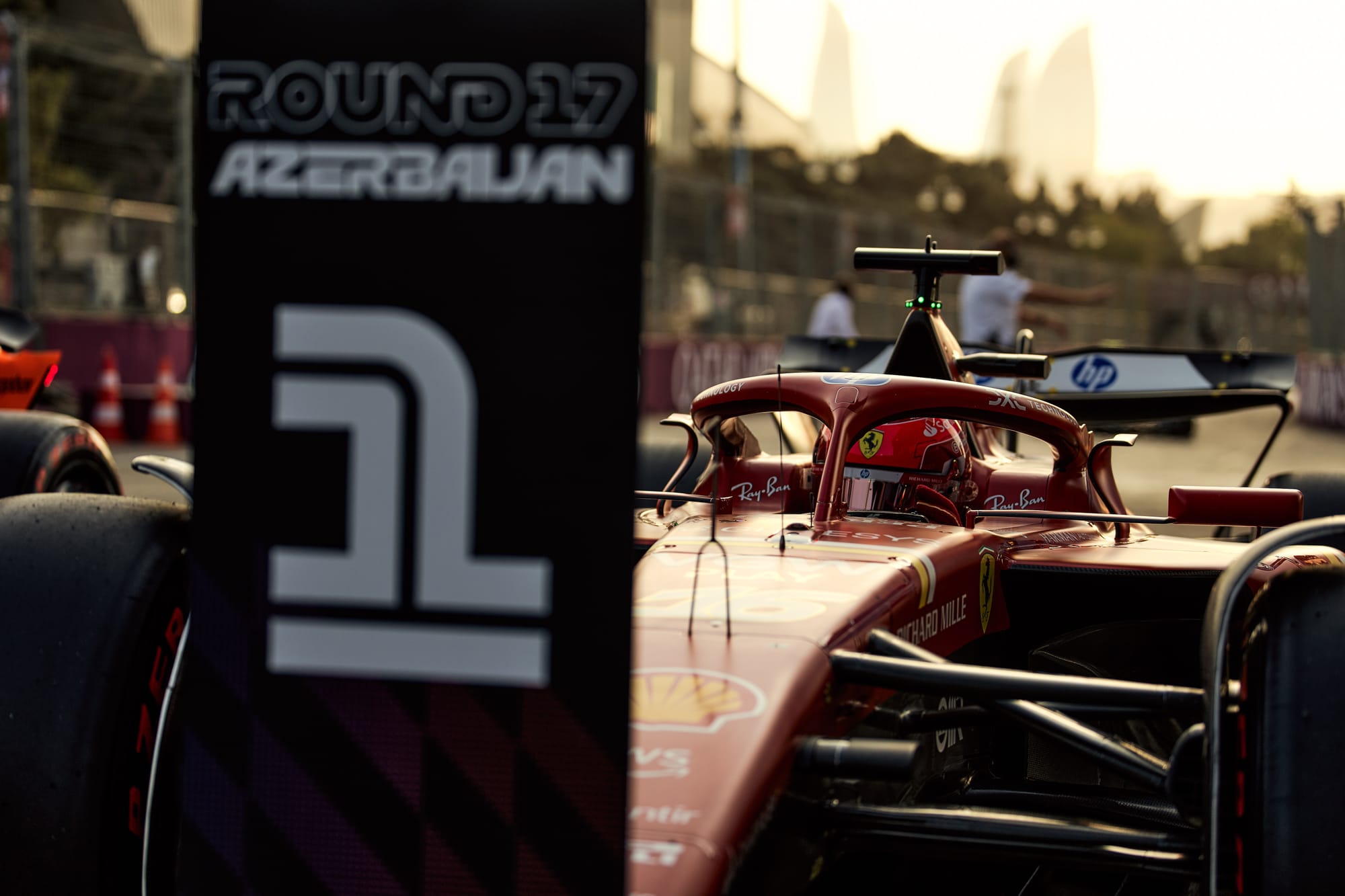
But there is something in the Ferrari's DNA, in its mechanical traits perhaps, which allows Leclerc great access to those skills around short corners and street circuit bumps.
It was similarly great at Monaco earlier in the season, but that's a track where you run plenty of wing, allowing Sainz to at least compete with Leclerc.
But even when the Ferrari was uncompetitive in 2020 and 2021, it had those great mechanical traits which allowed Leclerc to set Baku poles.
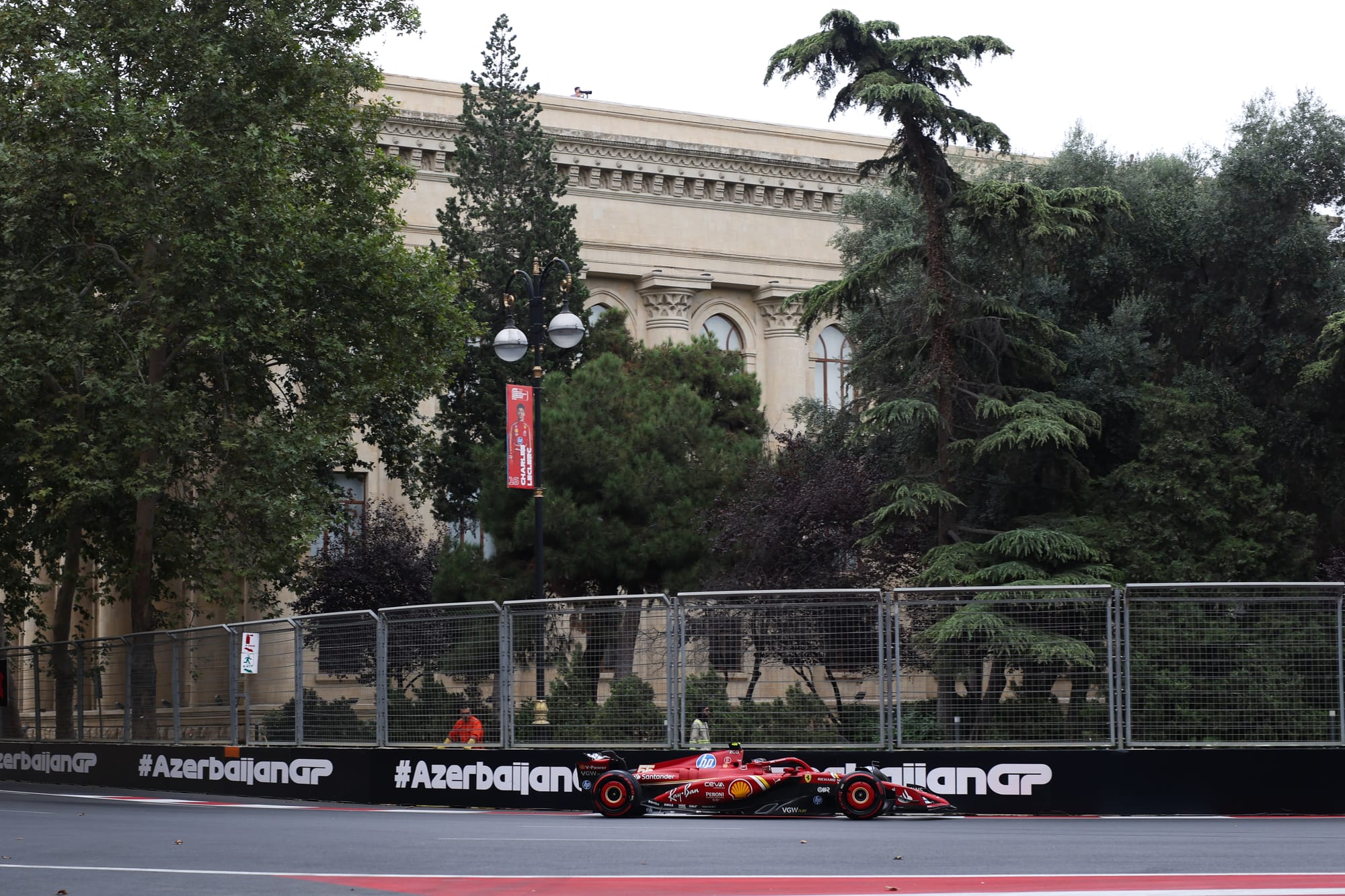
Sainz was third-fastest in the other Ferrari but near enough half-a-second off Leclerc. He was on the same tenth as Sergio Perez's Red Bull and George Russell's Mercedes.
The top four cars were not all that different. The big difference from Friday to Saturday was how much extra Leclerc was able to draw from himself, as if he'd been driving with a bigger margin than the others until it mattered.
"This place is all about braking and trusting that the car will turn," said Sainz. "That's where he excels."
The specifics of Leclerc's unusual technique
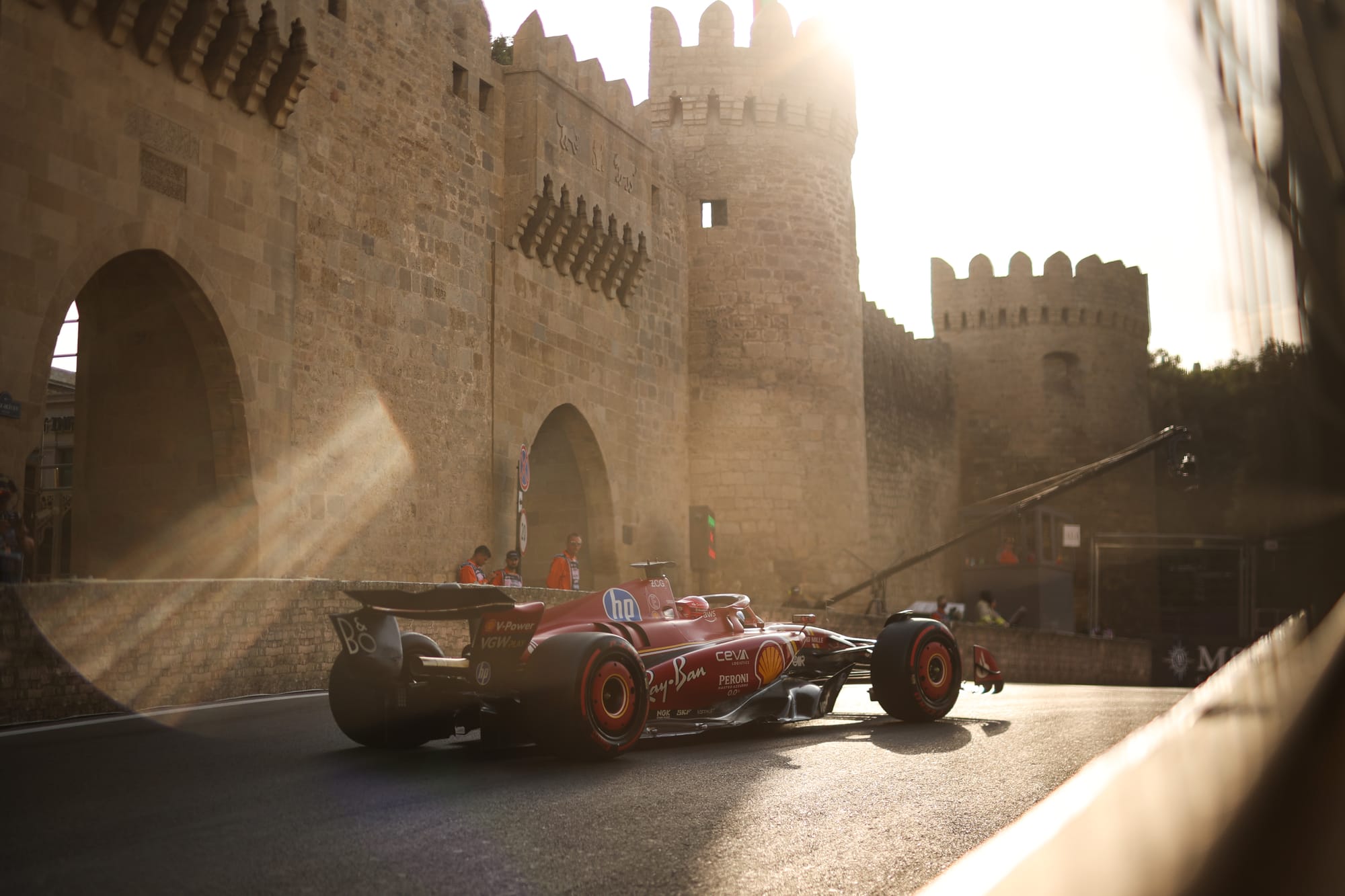
Maybe it didn't look like Leclerc had been driving with a margin when he crashed in FP1 on Friday, but that was just one of those things. Getting a little too quickly into the groove, before the dusty track had found much grip, he opened Turn 15 up the way he would with a rubbered-in track. The outside front wheel found only dust instead of grip and so heavily does he load that tyre on entry with his unique braking style that the barrier was the next thing he found.
"But that didn't hurt my confidence," he explained after setting his fourth consecutive Baku pole. "We barely changed the car from FP1 to now. The car felt really good. Straight away I felt happy."
So the recovery from the lost track time - even that of FP2 when the rebuilt car's power steering was not set up correctly - was relatively easy.
Asked what makes him so attuned to this place and he cannot tell you exactly. "This I don't know. I've been thinking about it. You try to analyse whenever you have a good weekend. But I don't really have a strong answer.
"It just goes with my driving style very naturally because I don't have to work a lot to gain laptime. I just feel good with the rhythm of this track for some reason."
But go onboard with him, match the steering inputs you can watch to the GPS traces of his throttle and brakes, and you begin to see.
He makes everyone else - Max Verstappen, Piastri, Sainz, Perez - look binary in how they use the throttle and brakes. Sainz made a significant set-up tweak into Saturday which he felt gave him a lot more confidence to brake late - and for much of the lap, into the 90-degree turns of Turn 4/5/6, it's working for him and he's even able to be slightly ahead of Leclerc.
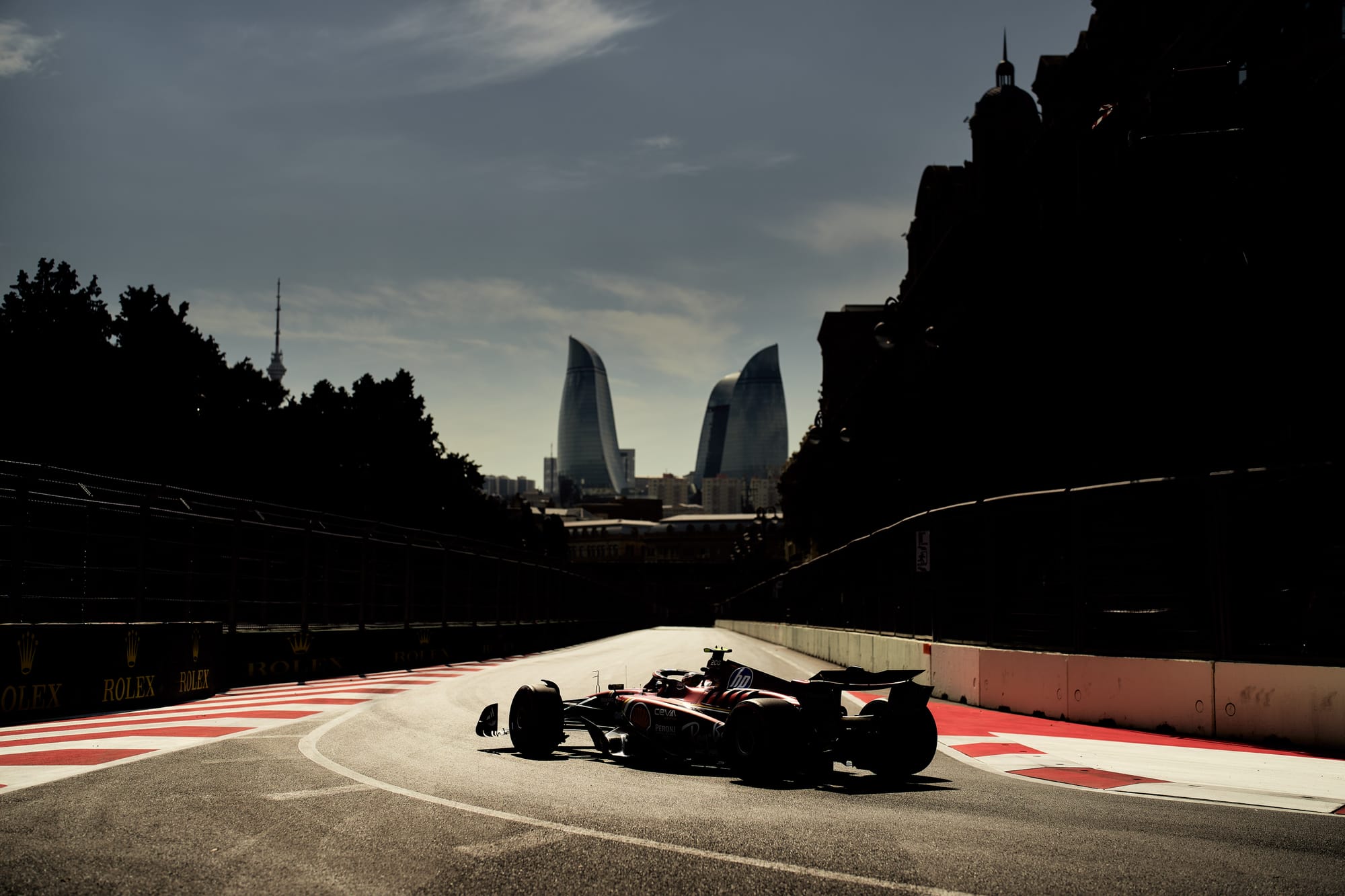
But it's as if that binary throttle-off/brake/turn has asked more of the rear tyres than Leclerc's beautifully co-ordinated overlap.
Leclerc is braking earlier but keeping some throttle on, manipulating the load distribution between the four tyres much more intricately. It requires feel to time it perfectly so as not to overload the outside front but still get the quick rotation without the sudden peak loads onto the outside rear. From Turn 15 onwards, he just has more tyre grip. A lot more. All of his 0.5s advantage over his team-mate comes in the last three turns.
In Turns 2 and 3 Leclerc is never using less than 9% throttle. At Turn 5 it’s 7%. At Turn 16, a full 11% - and a gear up (fourth rather than the third of everyone else). The others are all momentarily at zero throttle just after turning the wheel into the left-hander.
His Ferrari skims the walls just as impressively as at Monaco, but that edge is never a ragged one. He can just let it flow.
How Leclerc's rivals tried to conquer Baku
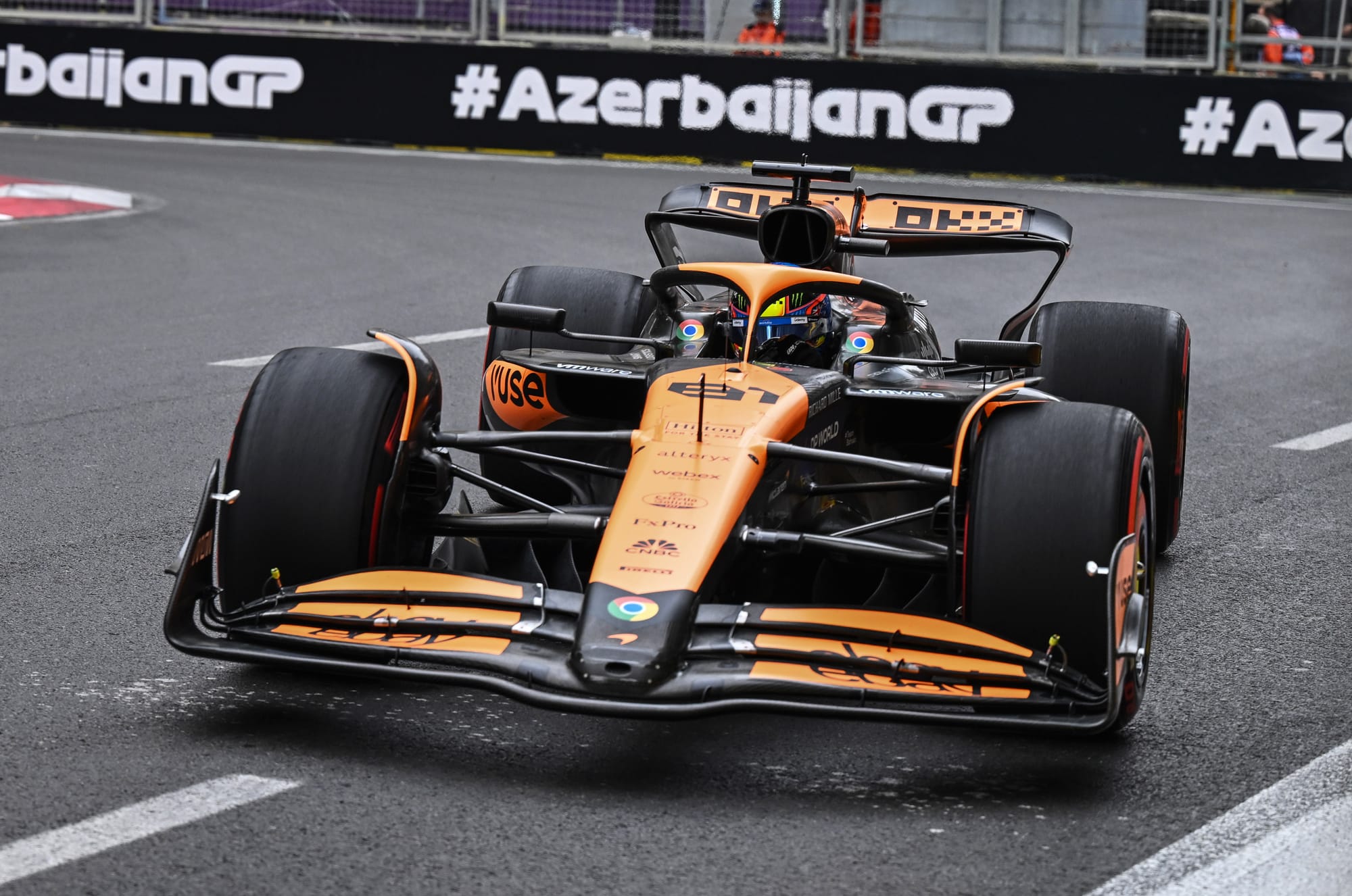
Watch Piastri and you can see the commitment - and appreciate how close to flying off the road he is, the McLaren snatching and pitching its way around the track, Oscar even giving the front-right a light thump on the exit of the tricky Turn 15.
"That was the messiest lap I’ve ever done in my life," he radioed-in afterwards.
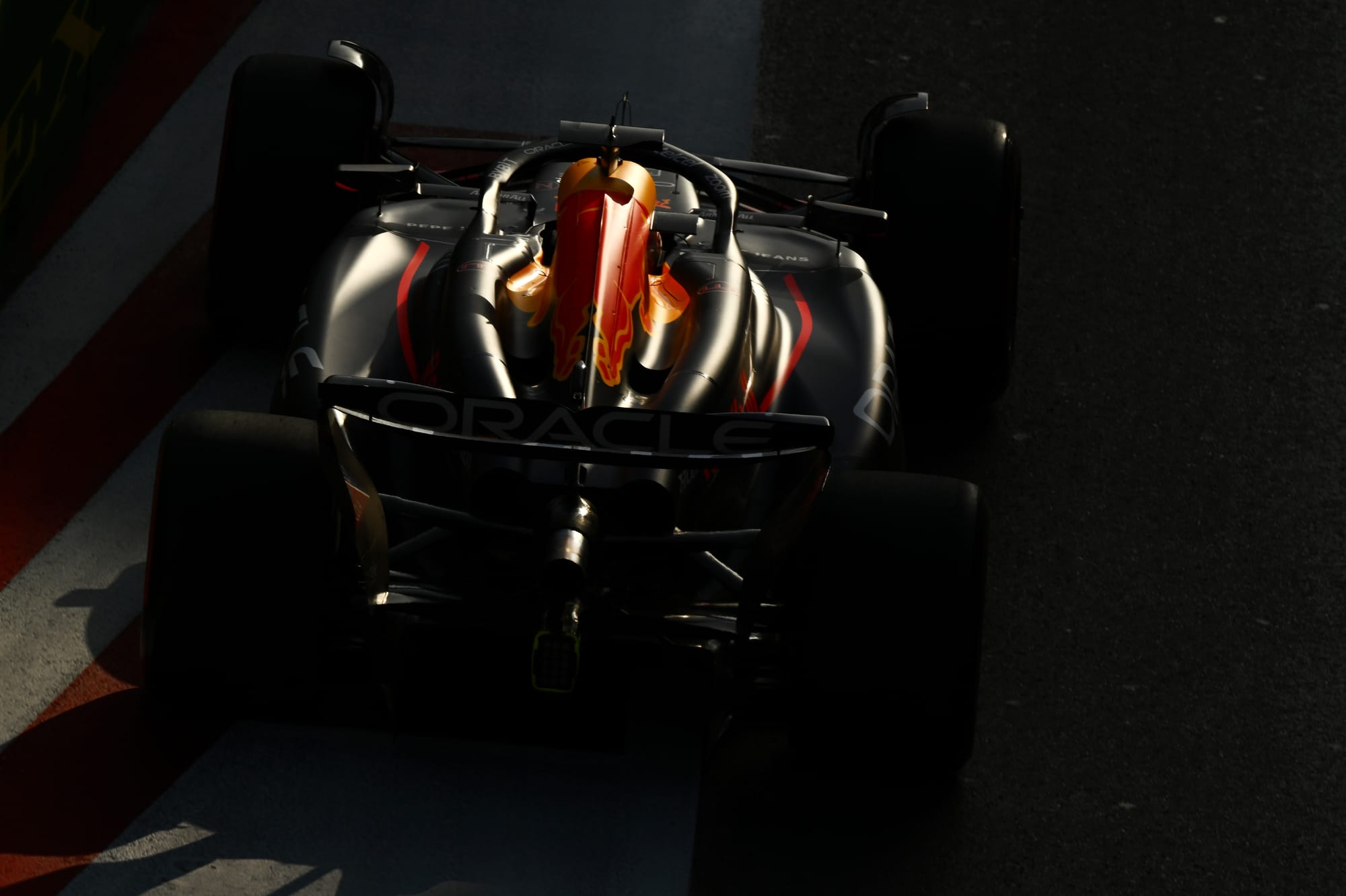
Watch Verstappen or Russell and they look much the same; incredible drivers dominating their cars around a tricky track. But could any of those cars give Leclerc the feeling he needs to allow him his silken flow around here?
Verstappen has historically used braking way into the corner and coming off them late to help achieve his rotation. But the Red Bull wasn't allowing him to do that - just as it hasn't for the last few races. So it's perfectly fine when driven at race pace but as he goes for those last tenths, the understeer says 'no'.
He ended up only sixth-fastest, two tenths off team-mate Perez. "We made some changes going into quali which made it harder to drive and not so connected to the Tarmac," said Verstappen.
"We tried to find solutions through qualifying but at Turn 16 it just became very loose mid-corner. The combination of Charles and Ferrari is always very strong around here."
"The Ferrari is always so comfortable over these types of track," said fifth-fastest Russell. "We need to understand what that is on these circuits."
How Ferrari's special engine helps it here
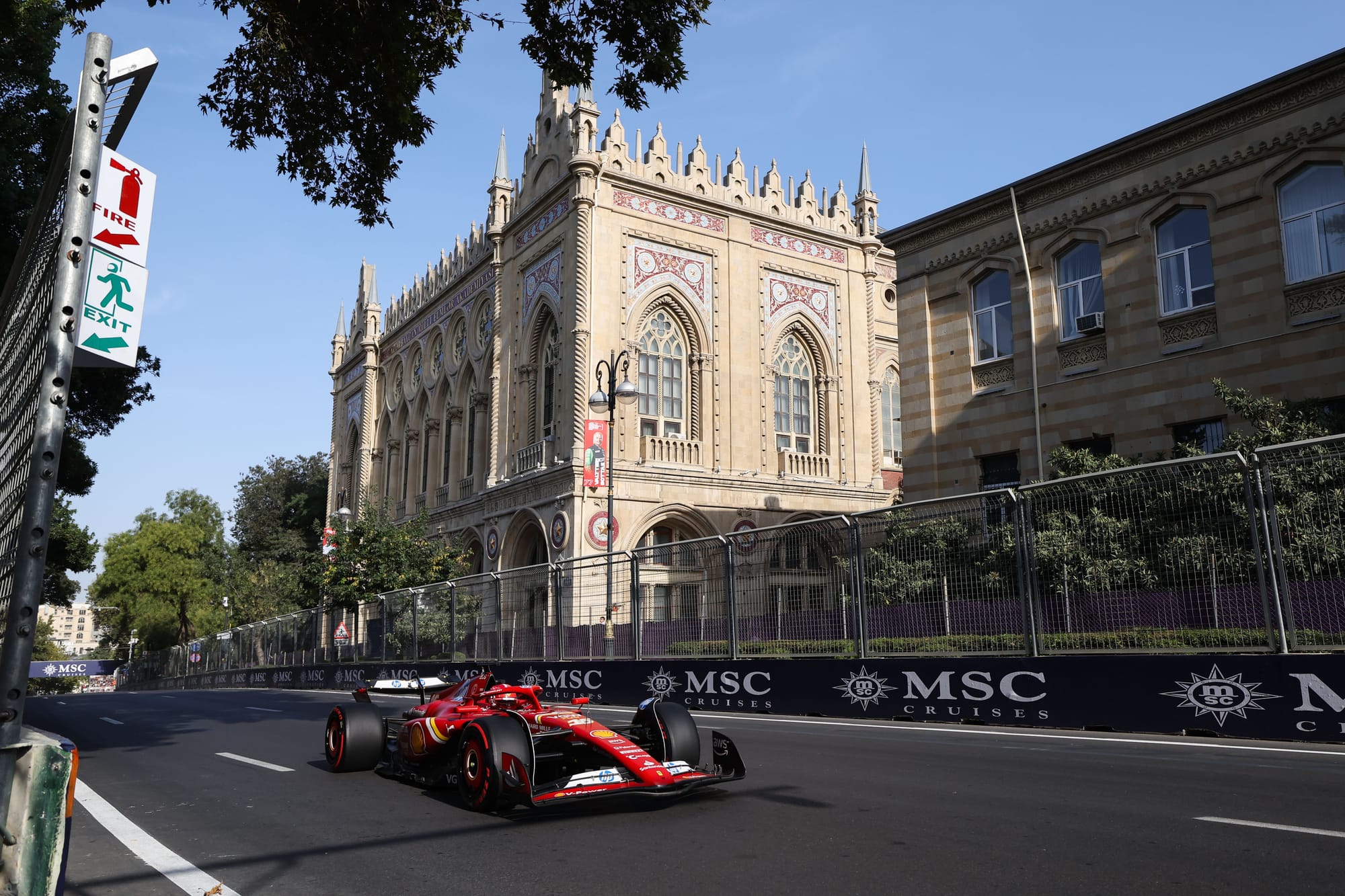
As well as the Ferrari's great slow-corner behaviour, what should also not be overlooked is its unique power unit characteristics. With long inlet tracts and a smaller turbo than the others, it’s naturally super-accelerative out of slow turns. Or, more usually, it needs less electrical assistance for the same acceleration and so can keep deploying for longer.
The smaller turbo would normally mean slower end-of-straight speeds but the deployment can help out with that. Especially if it's pushing along a car with a little less wing than the competition.
Here, Ferrari, Red Bull and Mercedes ran their Spa wings. Which meant Red Bull was, as has become the norm, running more wing than the others, despite its much-reduced beam wing. Ferrari was running a lot less than Red Bull, a little less than McLaren and probably slightly more than Mercedes.
Perez's vastly improved Red Bull form
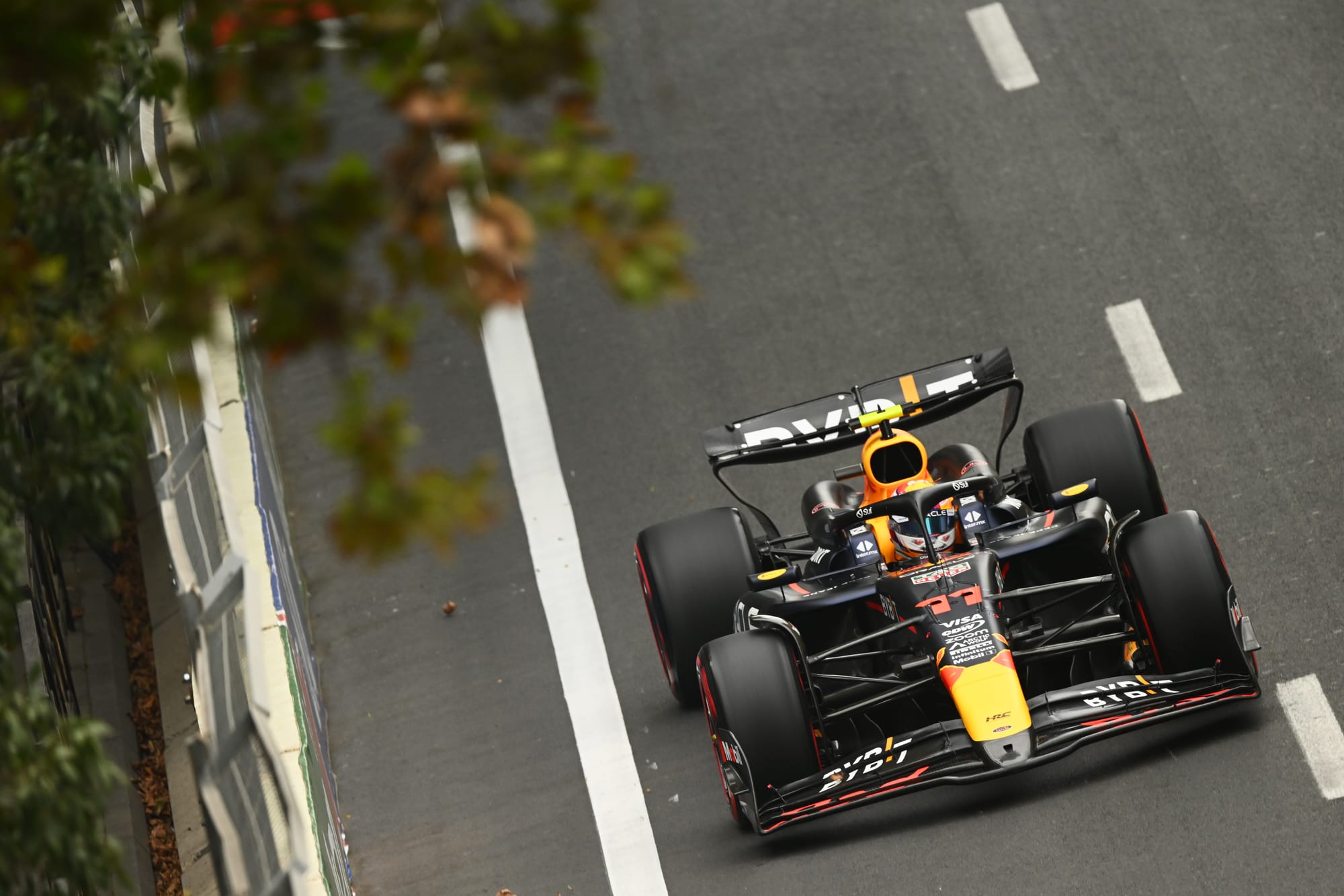
Perez is another Baku specialist and here he bounced back from his recent woes with that Verstappen-beating fourth-fastest time.
His special Baku sauce is different to Leclerc's; much more conventional in his approach, he never overloads the front axle, but places it in a way which allows him to be hard and early on the throttle.
It's repeatable and confidence-inspiring, which is valuable when there are walls to hit. But he believes the latest upgrade to the car - around the diffuser transition - to be "the biggest upgrade we’ve done all year" in terms of its effect.
"We know there's still some issue but we're fixing it in the right direction," he added. "With the car I've had in the last couple of events I'd have been coming here with no confidence because of the balance issue we've had the whole season.
"It's a development course we took with the car and some drivers are more sensitive than others. Until it became so extreme Max was having similar issues."
In seventh, Lewis Hamilton's Mercedes was slowest of the top four teams represented in Q3 - because Lando Norris went out in Q1 for the yellow flag mix up. "It felt amazing yesterday," said Hamilton, "but today we just couldn’t get any tyre temperature."
It meant a 0.4s deficit to team-mate Russell and left him less than 0.1s clear of Fernando Alonso's Aston Martin and just 0.24s better than the remarkable Franco Colapinto, who did a great job for Williams on his first visit to the track.


